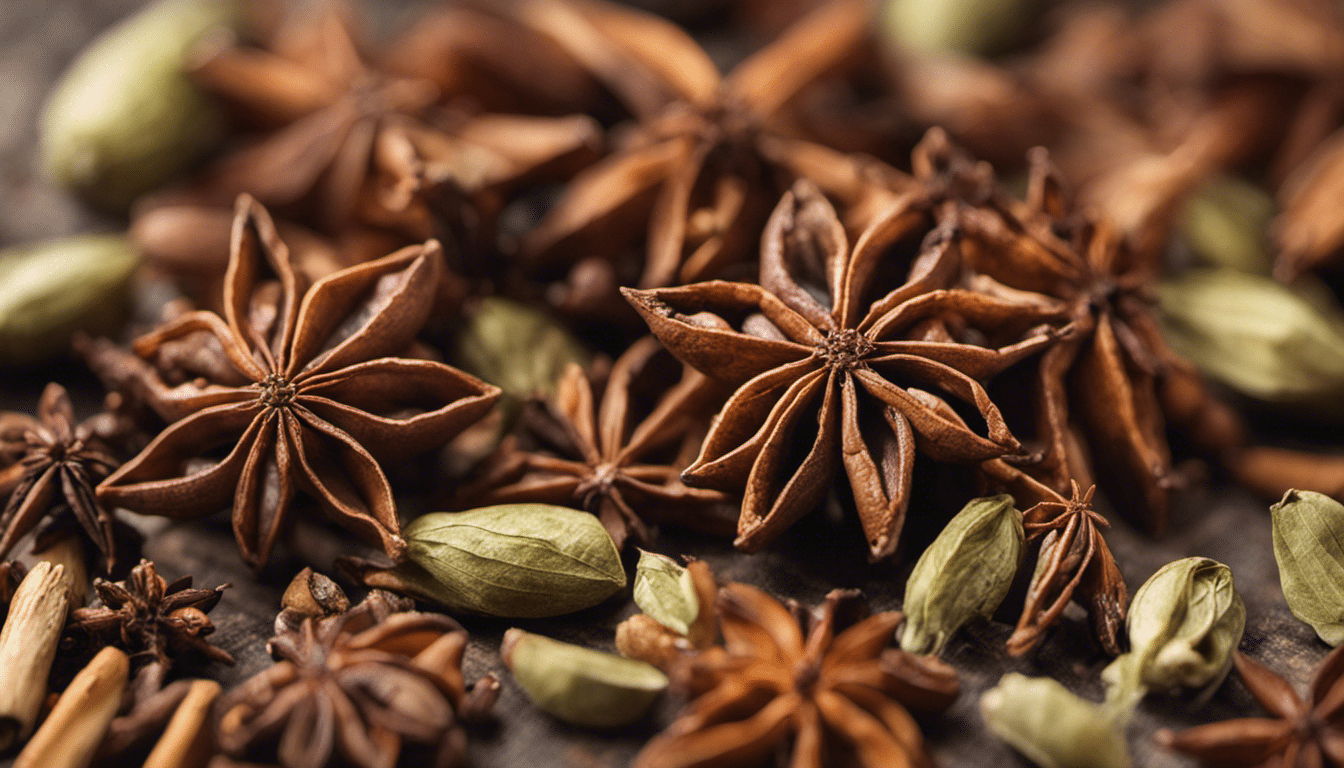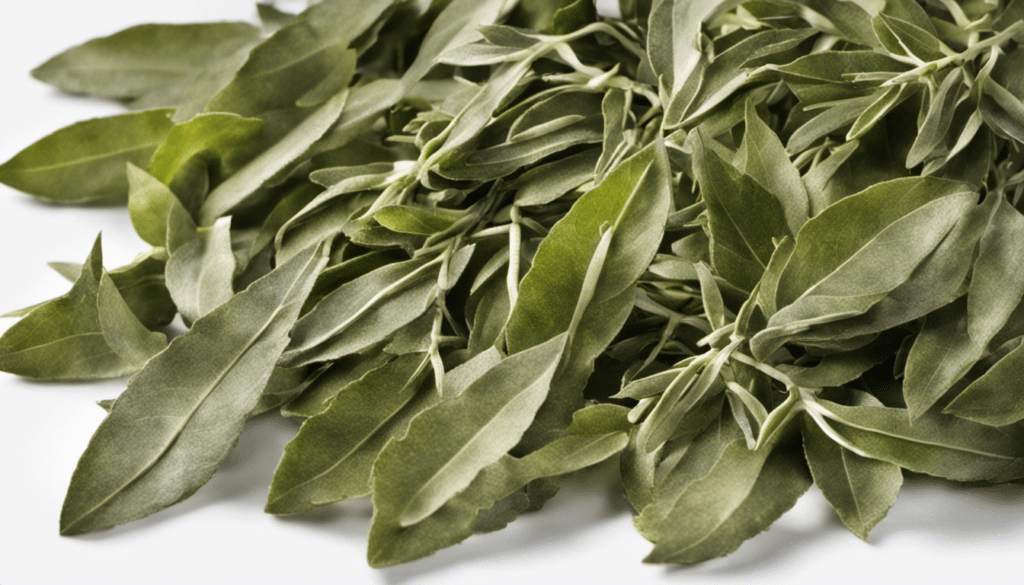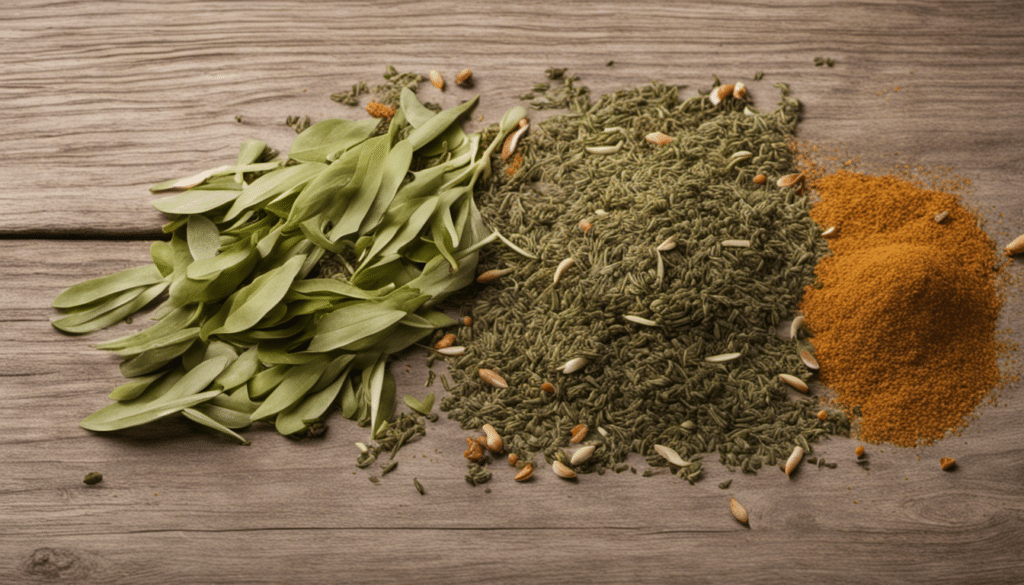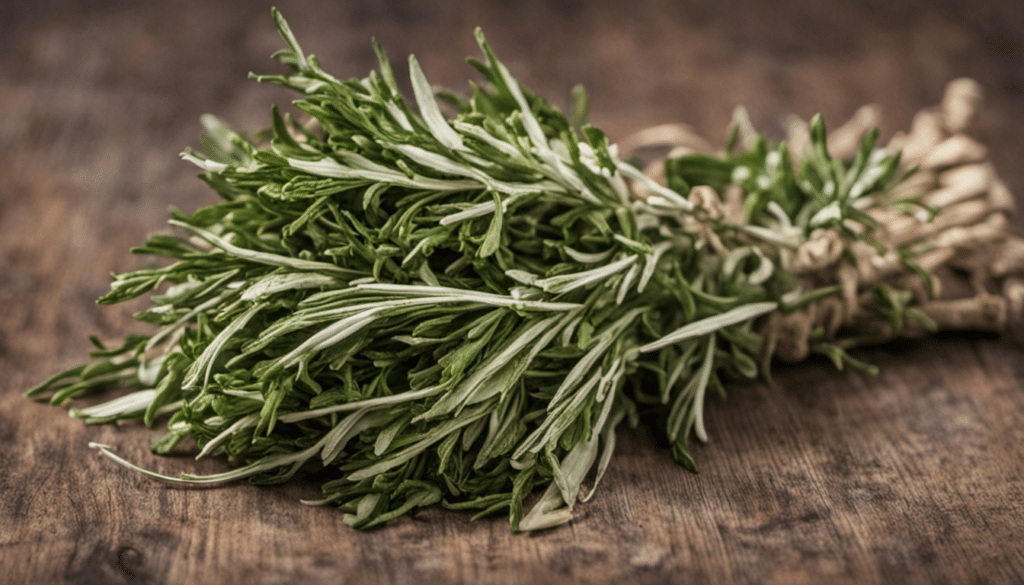Everything You Need to Know About Star Anise

No spice cabinet is genuinely complete without the distinctive, star-shaped wonder known as star anise. This unique spice not only packs a flavorful punch, but it also offers a plethora of health benefits. Present in your chai tea, your favourite phô, or the secret ingredient in your grandmother’s stew, the broad uses of star anise might surprise you.
Origins of Star Anise
The star anise we enjoy in our dishes hails from select parts of Asia. particularly Southern China and Vietnam. Its botanical name, Illicium verum, derives from the Latin “illicio” meaning “entice,” fitting for a spice with such an appealing, licorice-like aroma and taste.
Star anise is the fruit of a small evergreen tree of the magnolia family, which is dried before use. Its distinctive star shape, boasting an average of eight points, each containing a seed, is a ready identifier, making it one of the most visually recognizable spices (Source).
Aka The Badian or Chinese Star Anise
Star anise also goes by the names Badian or Chinese star anise, given its Oriental origins. Many languages have adopted the ‘star’ reference in their nomenclature, such as the German Sternanis or the French Anis étoilé.
It is essential to distinguish the Chinese star anise, often used in culinary and medicinal applications, from the Japanese star anise or Illicium anisatum. The latter, while similar in appearance, is highly toxic when ingested (FDA).
The Many Health Benefits of Star Anise
Star anise boasts a potpourri of health benefits. The same sweet, spicy essence that tickles our taste buds also contains a compound known as anethole, which is responsible for the spice’s beneficial effects.
Research suggests that star anise’s antioxidant properties can protect the body’s cells from damage by free radicals (PubMed). Additionally, its antifungal and antibacterial properties can help fight infection (PubMed). Some studies also highlight star anise’s use to ease digestive problems, such as bloating, gas, indigestion, and constipation (NCBI).
In addition, star anise is rich in shikimic acid, which is used for pharmaceutical applications, including the production of the influenza drug Tamiflu (Science Daily). Despite this promising start, much more research is needed to fully understand how shikimic acid from star anise may be harnessed in human medicine.
In conclusion, star anise is not just a culinary staple but also possesses a rich history, diverse nomenclature, and a host of health benefits. Whether its unique stars are grinding in your spice mill or simmering in your holiday mulled wine, the impact of star anisex extends far beyond the kitchen.
Star Anise Recipe Ideas
- Star Anise and Ginger Braised Chicken
- Pho (Vietnamese Noodle Soup)
- Star Anise-Cinnamon Tea
- Beef Rendang with Star Anise
- Chinese Braised Pork Belly with Star Anise
- Roasted Pears with Star Anise
- Star Anise and Red Wine Poached Pears
- Pumpkin and Star Anise Soup
- Star Anise Infused Hot Chocolate
- Chinese Five Spice Powder – homemade version where Star Anise is one of the main ingredients



